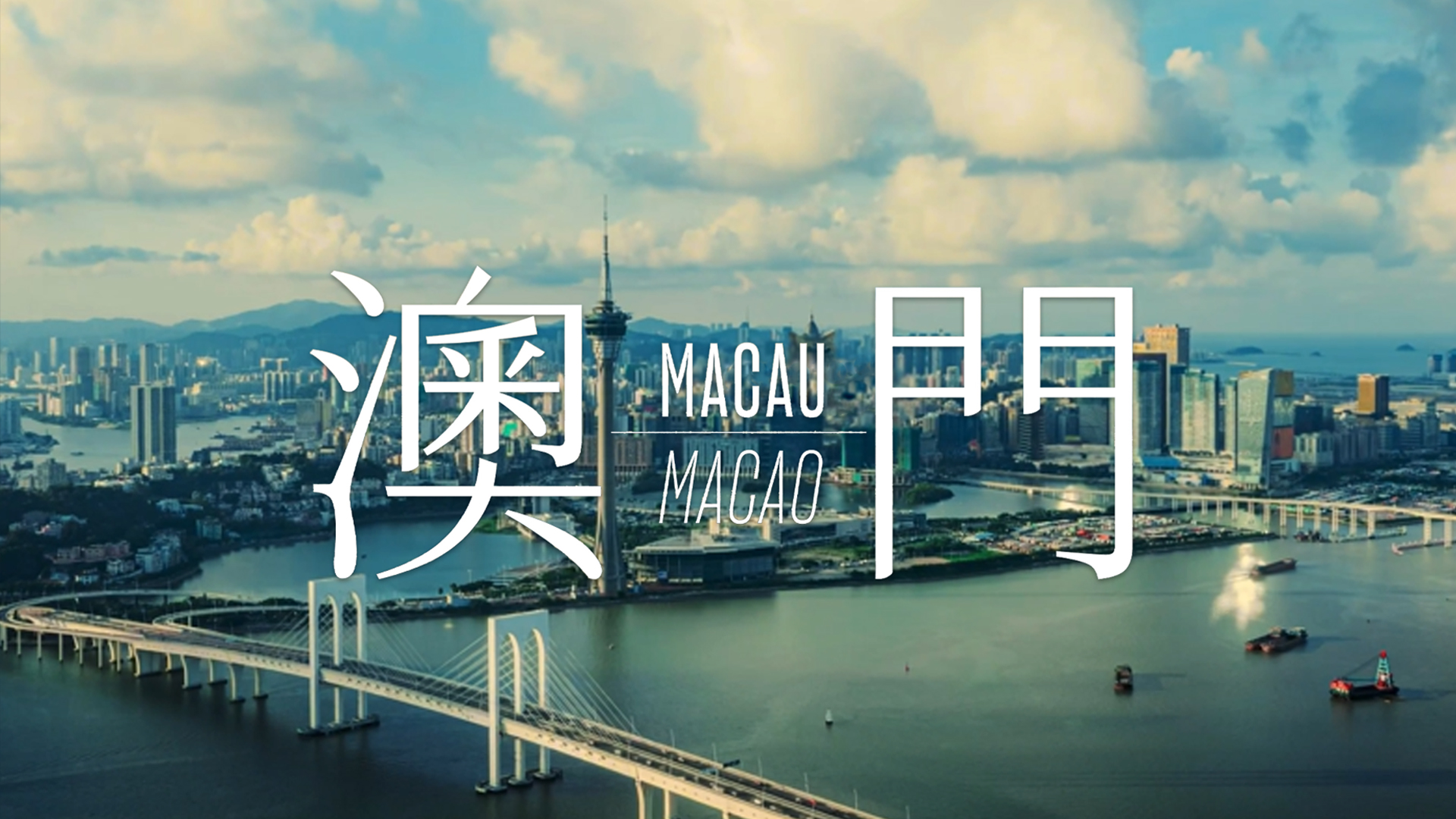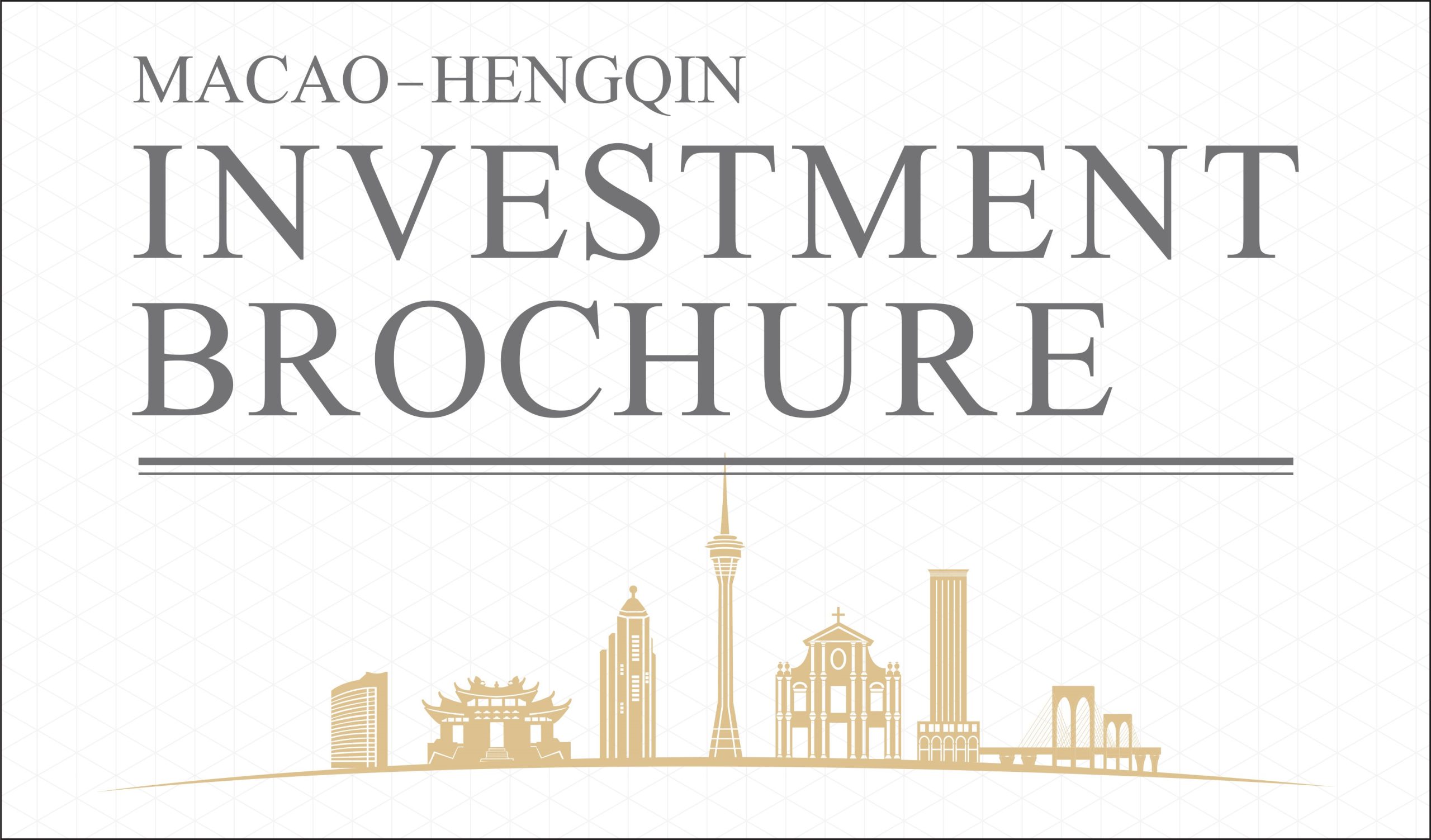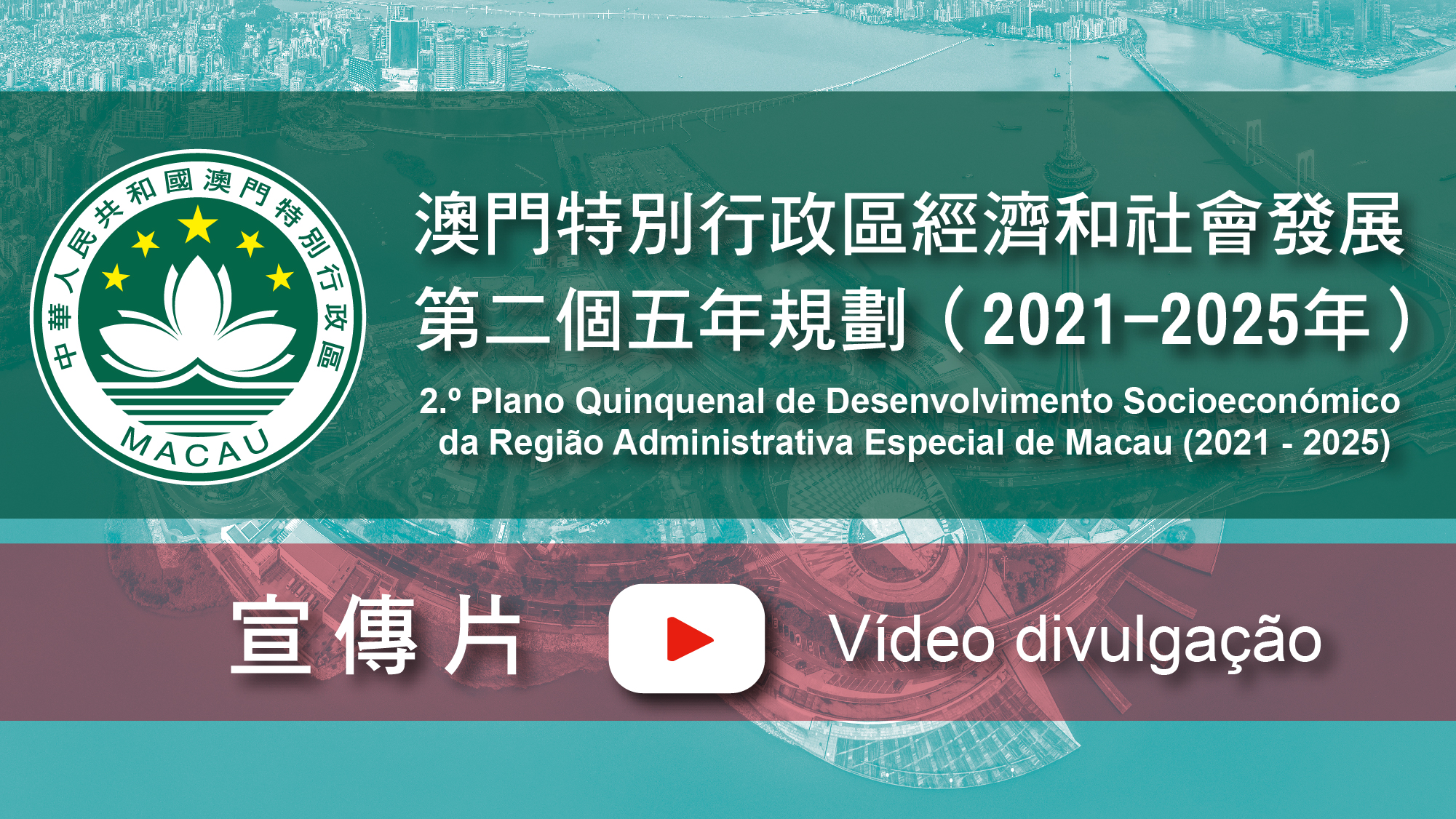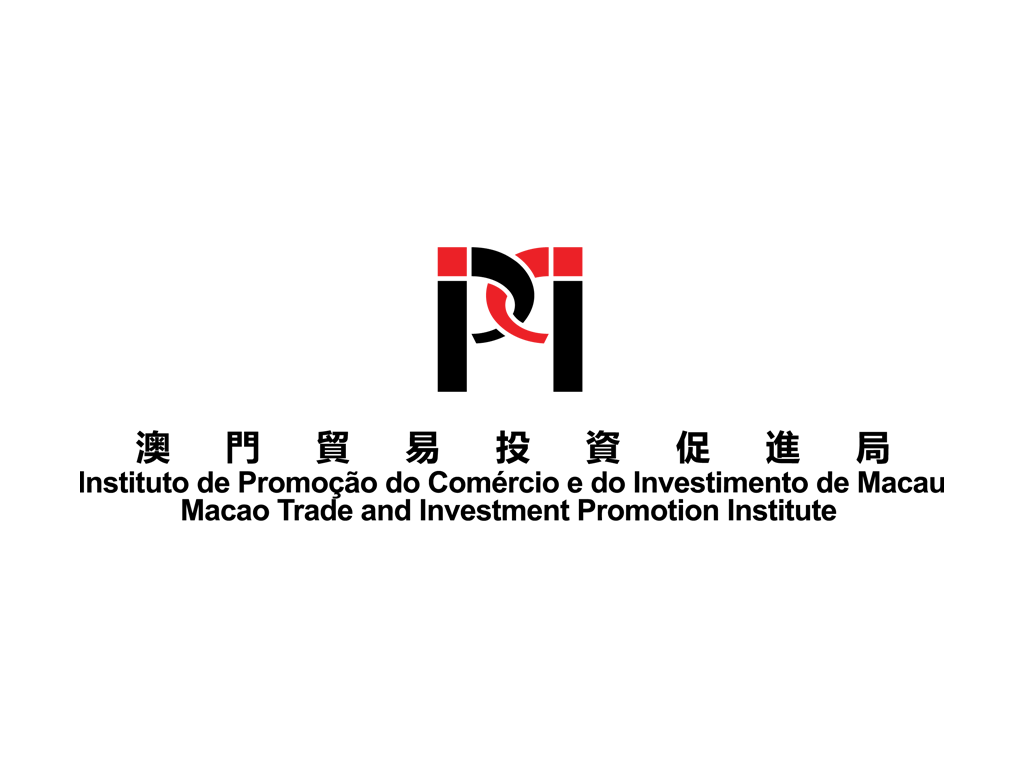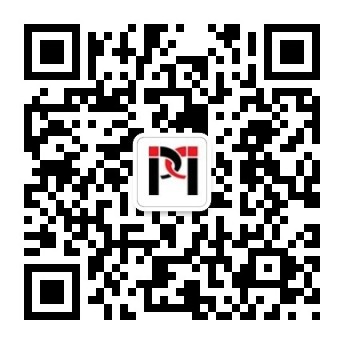Search Issues
The Republic of Cabo Verde
The Republic of Cabo Verde, commonly known as Cabo Verde, is a group of islands in the North Atlantic. It is a major maritime transportation hub channelling to three major continents, namely America, Africa and Europe. The archipelago has combined land area 4,030 square kilometres, with a population around 550,000. Cabo Verde was once a colony of Portugal. The official language is Portuguese and the recognised national language is Cabo Verdean Creole. The majority of Cabo Verdeans are Catholics although a small proportion are Christians. The country is divided into 22 municipalities. The capital Praia is the largest city, also the political, economic, cultural and financial centre of the country. It has commercial ports, ferry ports and international airport.
Cabo Verde has a stable political and economic situation and enjoys considerable social harmony and economic development. It also has a diverse culture, simple lifestyle, and a healthy and effective legal system. Its per capita income and quality of life are among the highest in Africa. The country has advantageous geographic location, stable political environment and abundant marine resources. The tourism industry and renewable energy in Cabo Verde have great development potential.
Cabo Verde has developed friendly and co-operative relations with countries all over the world and has maintained special close relations with Portugal. Portugal is Cabo Verde’s largest aid provider and one of its major trading partners. Currently, Cabo Verde is a member of a number of international organisations including the United Nations (UN), the World Trade Organisation (WTO), the Community of Portuguese-Speaking Countries (CPLP), the African Union and the Economic Community of West African States (ECOWAS).
Information of Business Opportunities in Cabo Verde
The Cabo Verdean economy is dominated by the service industry, accounting for about 75% of GDP, of which tourism, transportation, commerce and public service are the major sectors. The tourism industry is the main source of economic growth and employment. The total number of tourists in 2019 was approximately 819,000, mainly from European countries such as Britain, Germany, France and the Netherlands.
Resources are scarce in Cabo Verdean. The main minerals include limestone, leucite, pumice and rock salt. The industrial foundation is relatively weak and construction is the major industry. There are currently several large construction companies engaging in the construction of infrastructure and public works. The manufacturing industry is also relatively underdeveloped. There are about 150 small and medium-sized factories, mainly engaged in garment making, shoe making, aquatic product processing, wine making and bottling.
The fishing industry plays an important role in the Cabo Verdean economy. The fishing catch reaches 37,000 tonnes per year, about 10,000 tonnes of seafood are exported per year, mainly lobster, tuna and shrimp. The country has an exclusive marine economic zone of 734,000 square kilometres. The fishery resources are relatively rich, which have not yet been fully developed and utilised. Cabo Verde has an area of 39,000 hectares of arable land. The main agricultural crops are corn, beans, potatoes, sugar cane, bananas, coffee, and so on.
Overview of Economic and Trade Co-operation between China and Cabo Verde
The People’s Republic of China and The Republic of Cabo Verde established diplomatic relations on 25 April 1976. Since the establishment of diplomatic relations, relations between the two countries have developed smoothly, with frequent high-level exchanges of visits. In 2009, the two countries signed an agreement on the establishment of a joint committee for economic, trade and technical co-operation. In July 2010, the first meeting of the China-Cabo Verde Economic and Trade Joint Committee was held in Beijing. At present, Sanya, Jinan and Rudong County of Nantong in China have established sister cities with Cabo Verdean cities Sal, Praia and Boa Vista respectively.
China and Cabo Verde signed a memorandum of understanding on cultural co-operation agreements and tourism implementation plans. The two countries have formed cultural delegations and exchanged visits many times. In addition, since 1996, China has been providing scholarships for Cabo Verdean students. In 2015, China established a Confucius Institute at the University of Cabo Verde. In 2017, the Ministry of Education of Cabo Verde and the Confucius Institute at the University of Cabo Verde signed a co-operation agreement on the “Implementation of a Chinese language education project in Cabo Verde secondary schools”.
Main Economic Indicators in 2019
| GDP (Current US$) (in US$ billions) | 1,981.80 |
| GDP per capita (Current US$) | 3,603.80 |
| Real GDP Growth (annual %) | 5.7 |
| Inflation, GDP deflator (annual %) | 0.6 |
| Foreign direct investment, net inflows (BOP, current US$) (in US$ billions) | 105.3 |
| Surface area (sq. km) | 4,030.00 |
| Population | 549,935 |
Source:
1. Statistics Portugal, https://www.ine.pt/xportal/xmain?xpgid=ine_main&xpid=INE
2. World Bank, https://data.worldbank.org/
Foreign Trade Statistics of
|
(Unit: US$ million) |
| Year | Total trade | Total exports | Total imports |
| 2019 | 978.31 | 71.33 | 906.98 |
| 2018 | 893.04 | 78.43 | 814.61 |
Source : International Monetary Fund, https://www.imf.org/
Major Trading Partners of Cabo Verde (2019)
| Main Export Destinations | Total Exports (US$ millions) | Percentage (%) |
| Spain | 46.21 | 64.8 |
| Portugal | 9.18 | 12.9 |
| Italy | 8.06 | 11.3 |
| United States | 2.00 | 2.8 |
| Main Origin for Imports | Total Exports (US$ millions) | Percentage (%) |
| Portugal | 369.43 | 40.7 |
| Netherlands | 145.90 | 16.1 |
| Belgium | 80.45 | 8.9 |
| Spain | 79.94 | 8.9 |
Source: International Monetary Fund Data, https://www.imf.org/
Statistics on the trade between China and Cabo Verde |
(Unit: US$ ) |
| Year | Total trade | Total exports | Total imports |
| 2019 | 64,209 | 64,181 | 29 |
| 2018 | 78,560 | 78,270 | 290 |
Source : General Administration of Customs of the People’s Republic of China, http://www.customs.gov.
Democratic Republic of Timor-Leste
The Democratic Republic of Timor-Leste, commonly known as Timor-Leste or East Timor, is located at the easternmost part of the Nusa Tenggara Islands in Southeast Asia, with Indonesia’s West Timor to its west and Australia in the south across the Timor Sea. It has a land area of about 14,870 square kilometres and a population of about 1.3 million. Timor-Leste was once a colony of Portugal and was invaded by Indonesia. On 20 May 2002, with the power transferred by the United Nations, Timor-Leste became a new sovereign state. The official languages of Timor-Leste are Tetum and Portuguese. The working languages are Indonesian and English. Most people in Timor-Leste are Catholics. The country is divided into 13 regions. Dili is the capital of Timor-Leste. It is located on the north-east coast of Timor Island and has a population of 281,000. It is also the country’s political, economic, and cultural centre. More than 80% of the country’s economic activities take place in Dili.
The economic development of Timor-Leste is relatively undeveloped. It depends on oil and gas revenues and foreign aid. In recent years, the government has encouraged foreign investment and has gradually increased its fiscal budget. It is expected to enter a period of rapid development in the future.
Timor-Leste attaches great importance to regional co-operation. It actively participates in relevant collaboration mechanisms in the South Pacific and Southeast Asia, and also pays close attention to relations with international organisations. Currently, Timor-Leste is a member of 22 international organisations, including the United Nations (UN), the Community of Portuguese-Speaking Countries (CPLP), the International Monetary Fund (IMF), the World Bank, and so on.
Information of Business Opportunities in Timor-Leste
Timor-Leste’s main mineral deposits include gold, manganese, chromium, tin and copper, with rich oil and natural gas resources. So far, 44 oil fields have been discovered, with proven oil reserves of about 187 million tonnes (about 5 billion barrels) and natural gas reserves of about 700 billion cubic metres. In July 2005, Timor-Leste established an oil fund. To the end of September 2019, its rollover amounted to US$17.65 billion.
The economy of Timor-Leste is dominated by industry, with industrial added value accounting for 56.7% of GDP. The industrial sector includes printing, soap, handicrafts, and textiles. Agriculture is also an important part of the country’s economy, with an area of 230,000 hectares of arable land. The main crops are corn, rice, and potatoes, and the main cash crops are coffee, rubber and coconuts.
Most of the service industry is concentrated in the capital Dili. Due to the influx of foreign capital, the service industries such as trade, catering and hotels have achieved rapid development.
Overview of Economic and Trade Co-operation between China and Timor-Leste
Since August 1999, after Indonesia relinquished control, Timor-Leste started to have more exchanges with China. In September 2000, China established an ambassador-level representative office in Dili. On 20 May 2002, representatives of the Chinese Government attended the Timor-Leste Independence Celebration. The two countries signed the “Joint Communiqué between the Government of the People’s Republic of China and the Government of the Democratic Republic of Timor-Leste on the Establishment of Diplomatic Relations” and officially established diplomatic relations. Since then the two countries have maintained frequent high-level visits. In April 2014, the Prime Minister of Timor-Leste attended the 2014 Boao Forum for Asia Annual Conference in China and formally established a comprehensive co-operative partnership featuring friendship, mutual trust and mutual benefits.
In terms of economic and trade collaboration, China and Timor-Leste signed the “Trade Agreement” and a number of economic and technical co-operation agreements, and established the China- Timor-Leste Joint Economic and Trade Committee. In July 2010, China decided to gradually implement zero-tariff on products imported from Timor-Leste. In March 2017, Timor-Leste officially became a member of the Asian Infrastructure Investment Bank. In May of the same year, the two governments signed a memorandum of understanding for co-operation on the “Belt and Road” Initiative, further promoting bilateral economic and trade collaboration to a new level.
Main Economic Indicators in 2019
| GDP (Current US$) (in US$ billions) | 1,673.50 |
| GDP per capita (Current US$) | 1,294.20 |
| Real GDP Growth (annual %) | 3.4 |
| Inflation, GDP deflator (annual %) | 3.2 |
| Foreign direct investment, net inflows (BOP, current US$) (in US$ billions) | 74.6 |
| Surface area (sq. km) | 14,870 |
| Population | 1,293,119 |
Source:
1. Statistics Portugal, https://www.ine.pt/xportal/xmain?xpgid=ine_main&xpid=INE
2. World Bank, https://data.worldbank.org/
Foreign Trade Statistics of Timor-Leste |
(Unit: US$ million) |
| Year | Total trade | Total exports | Total imports |
| 2019 | 978.31 | 71.33 | 906.98 |
| 2018 | 893.04 | 78.43 | 814.61 |
Source : International Monetary Fund, https://www.imf.org/
Major Trading Partners of Timor-Leste (2019)
| Main Export Destinations | Total Exports (US$ millions) | Percentage (%) |
| China | 32.03 | 46.3 |
| Indonesia | 16.94 | 24.5 |
| Japan | 5.79 | 8.4 |
| United States | 5.39 | 7.8 |
| Main Origin for Imports | Total Exports (US$ millions) | Percentage (%) |
| Indonesia | 327.91 | 40.7 |
| Singapore | 104.79 | 13.0 |
| China | 95.79 | 11.9 |
Source: International Monetary Fund, https://www.imf.org/
Statistics on the trade between Macao and Timor-Leste |
(Unit: US$ ) |
| Year | Total trade | Total exports | Total imports |
| 2019 | — | — | — |
| 2018 | 20,356.5 | 20,356.5 | — |
Source: Statistics and Census Service of the Government of Macao Special Administrative Region, https://www.dsec.gov.mo/
Source of Data:
World Bank:
https://data.worldbank.org/
Ministry of Foreign Affairs, People’s Republic of China:
https://www.fmprc.gov.cn/web/
Macao Trade and Investment Promotion Institute (IPIM) – Portuguese-speaking Countries Briefing:
https://www.ipim.gov.mo/zh-hant/market-information/portuguese-speaking-countries/portuguese-speaking-countries-briefing/
International Monetary Fund Data:
https://www.imf.org/en/Data
Statistics and Census Service (DSEC), Macao SAR Government:
https://www.dsec.gov.mo/



